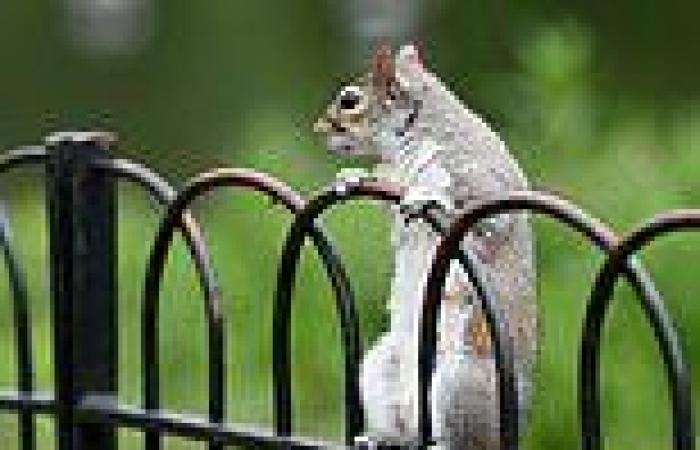1
View
comments
Invasive species have cost the UK economy more than £5 billion ($6.98 billion) over the past 50 years, a new study has estimated.
Species such as the grey squirrel, European rabbit and Japanese knotweed are considered invasive as they have been introduced into a new environment by humans, where they cause ecological or economic damage.
In Britain alone, there are more than 3,000 non-native species, according to the RSPB.
Scientists from Queen's University Belfast said their findings represent one of the highest totals in Europe for managing these types of species.
Scroll down for video

Species such as the grey squirrel (pictured), European rabbit and Japanese knotweed are considered invasive as they have been introduced into a new environment by humans, where they cause ecological or economic damage
Invasive species are known to cause a range of damage to an existing ecosystem, including changing habitats and starving native animals of food and resources.
The Natural History Museum explained: 'They may eat or parasitise native species, which sometimes have no defences against them.
'They can also outcompete native species for food, light or nesting sites. Sometimes they even bring new diseases with them.
'Often, an introduced species can breed






